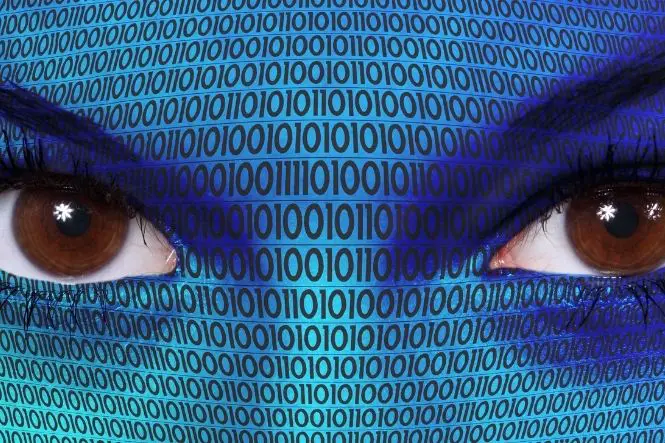As we have already looked at in other articles a pathologist, in conjunction with a forensic anthropologist, will try to determine the sex of a skeleton by examining the differences between skeletal frames. But in addition to this a forensic anthropologist will be charged – if necessary – to reconstruct the face of the deceased using the skull as a base model.
Why Reconstruct a Face?
Many skeletons, upon being discovered, have been buried for many years and decomposition in all its forms has come and gone leaving the skeletal frame all that remains as a remainder to the deceased’s existence in the first place.
With this in mind he or she will try and reconstruct the face of the deceased in order to try and make a positive identification or to jog the memories of members of the public who may have been witness to something around the time of the deceased’s disappearance or death.
How Is a Face Reconstructed?
Using a plaster cast model of the skull the anthropologist will attempt to recreate the face in clay taking into account such things as the size of the ocular cavities (eye sockets), shape and angle of the nose, width of the mouth, depth and height of cheekbones and other measurements.
Some might say that this form of forensic science is perhaps lacking in substance and that the results are tantamount to guess work but the results – it has to be said – are staggering. A great many victims have been identified years after their disappearances or murders by using this technique.
The reconstructing of a human face is painstaking and can take many weeks and even months to get right and even then there is a chance that the victim’s face – as modelled in clay by the anthropologist – may never been recognised. A lot rests on the memories of the general public and also their willingness to come forward especially in relation to crimes that are many years old.
Once reconstructed around the cast model of the skull the face is then given its features, which are again painstakingly modelled in order to convey the maximum amount of humanity into the model so that it does not simply look like the clay model of someone’s head.
These attentions to detail are often the reasons why members of the public or perhaps a loved one who has been searching for a missing relative come forward.
Another method of trying to reconstruct the face of a missing person is to pinpoint particular tell tale areas of the skull and map them into a computer; once this is done the computer can then carry out a detailed search of missing persons databases in the hope that the images it is searching through will show up corresponding pinpointed areas on the images. This is like tracing a face through a piece of paper and can go some way to helping.
It is important to mention again that this is not an exact science but can be used for the purposes of jogging the public’s memories. The remodelling of a face over a skull upon which no features exist is delicate work but can offer only limited hope in providing the police with a match to a missing person or unidentified murder victim.


